Wearing all black and rocking a buzz cut when we first meet, Nu (also known as Thanh Mai), much like her work, exudes a rough tenderness as she warmly welcomes me with her soft, subdued tone. Getting to know her in person reminds me of my first time combing through her photographs, which read like a private visual diary imbued with edginess and eroticism. Through her work, I find a wild take on expressions of desire with a subtle intimacy. I hence look forward to hearing her speak about the passion and intensity that she brings to real and fantastical images of love and infatuation.
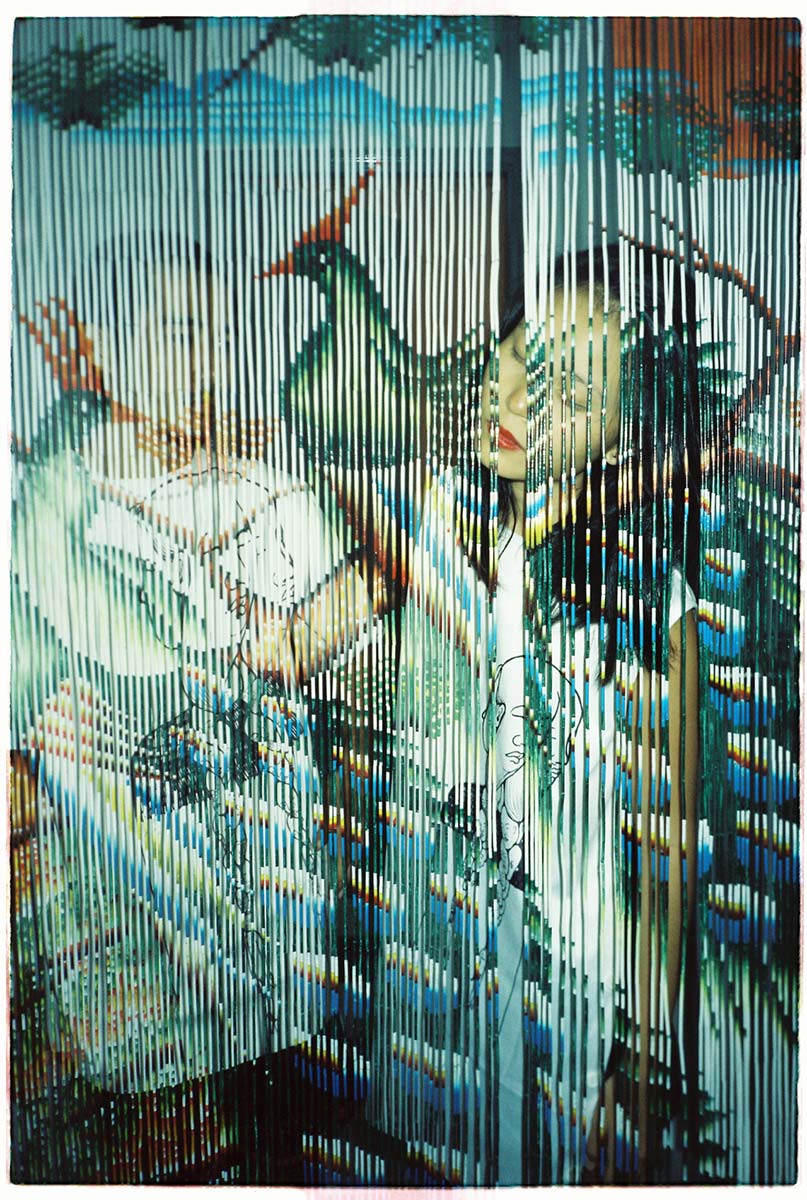
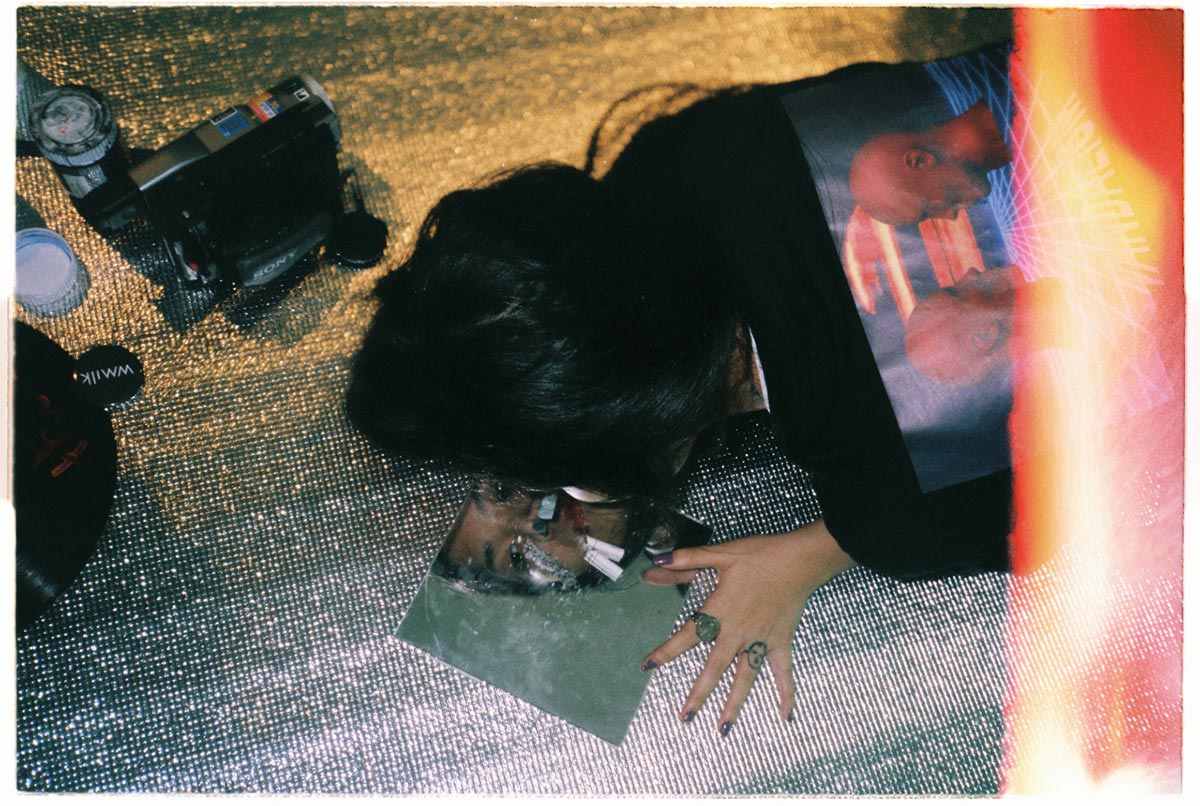
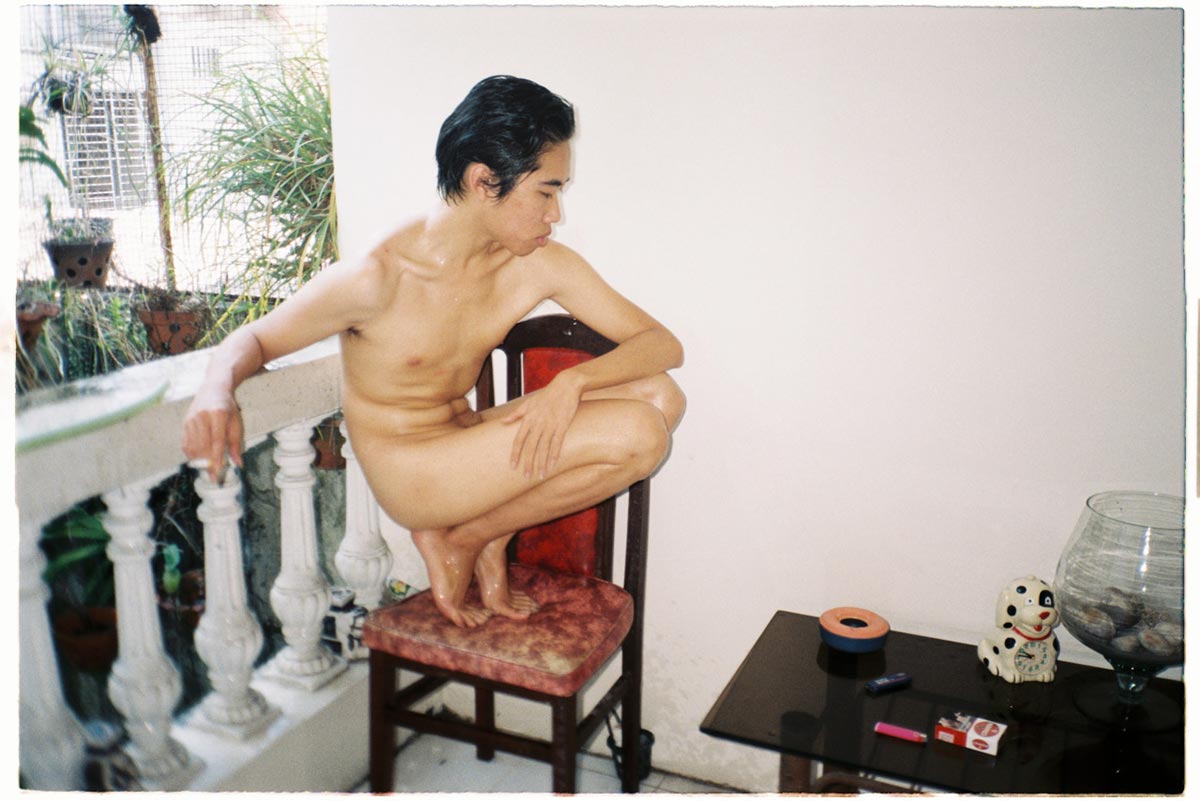
Why don’t you tell me a bit about yourself?
I was born in Vietnam but I moved to the United States when I was 16. I had lived in Worcester (MA) until I turned 20 when I moved to New York. Having lived in different places, I am heavily confused by my identities. I’m a very timid person, like how most Vietnamese women are raised to be, but at the same time I am comfortable opening myself up. This comfort mostly comes from being around my friends in New York, whose vibe has encouraged me to come out as a queer* artist. Nevertheless, I have always struggled between these two identities, my timid self versus my open self.
That’s a very interesting statement about yourself, and I think that idea about self-identity shines through your body of photographic work. Could you tell me about your identity and photography?
Photography is just one of the tools or media that I practice. I don’t see myself as part of conventional photography, but more so as a working-class artist. By that, I mean to say that I make art part-time while doing other full-time jobs such as bartending. Personally I feel that artists in Vietnam belong to a higher social class although it used to be associated with a lot of stigma back in my childhood. There is this Vietnamese saying about artists ‘xướng ca vô loài’, which means that an artist is like an outcast, and that is my mindset about being an artist in Vietnam.
Anyway, my grandpa used to be a photographer and he gave me my first serious Pentax SLR camera. Like a lot of other people, everything in my photos is an outlet to express myself. I often observe people on the streets and find them sexual and intimate because of my sentimental mind. For example, there are lots of half-naked men around on the street because of the hot weather, but I am turned to think of this innate sexuality in those men. This goes the same way for everyone and everything. I take everything I see and exaggerate them visually in a sexual manner, usually by means of photography.
That’s a very specific way of using photography, and I think it is totally valid to have the camera serve as your gaze at people sexually. Looking at your photographs, I find that you appear to work with mostly women in strange ways. Could you elaborate on the way you work to produce these group portraits?
All these girls are naked because they want to be and because you are allowed / invited to look at them. I am pretty shallow and I am visually attracted to beautiful girls. This series of photographs hence is about women and their beauty, which for me comes from not only their physical attractiveness but also the way they gaze back at the camera and the weird poses I put them in. Although I am gazing at them with my camera, they are also staring right back at me through the photographs. The person who wants your attention the most always has a very neutral expression in my photographs. They know that they are good-looking and their exuding confidence attracts me even more.
I initially took this series for myself, but I am now comfortable sharing them publicly. I am not trying to tell the public anything, so they can interpret it however they feel like. These photographs could be porn to them if that’s what they think. For me, the intimacy between myself as the photographer and the models while working on this series was what I yearned for. Now that those moments already passed, I don’t harbour any kind of possessive feelings towards these photographs. Yet there are certain pictures from the shoot that will never see the light of day because they particularly appeal to me while being not very pleasing.
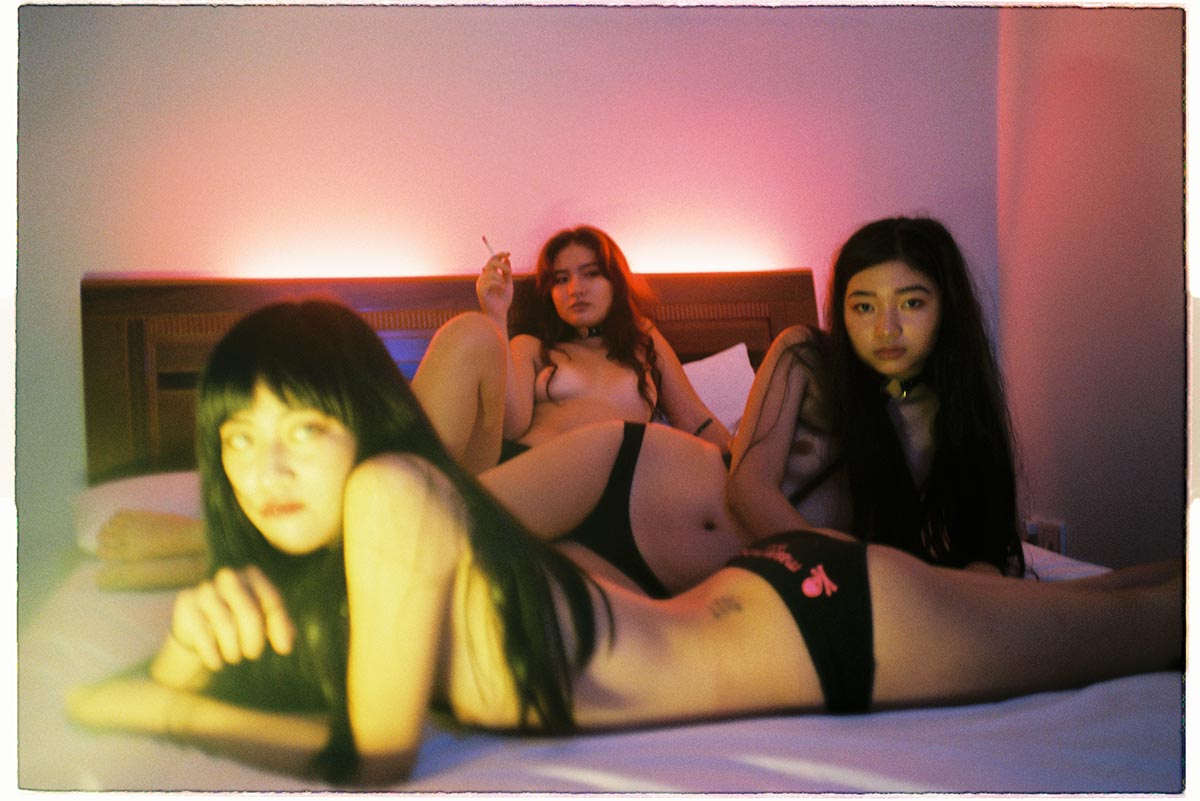

I am curious about what kind of relationship you established with the models. Were you by any chance falling in love with these beauties you gazed at during those shoots? Or is there something that happened before that made you want to photograph these particular models?
Most of my photographed subjects are my beloveds, ex-lovers or crushes. I can’t stand photographing strangers, I often find it mundane to not have any sort of strong feelings towards people whom i shoot. Even with that being said, there were times when I caught a stranger on the train and immediately fell in love with him / her. The moment they exited, it broke my heart, but the story (or rather the photograph) remains although I never knew their names or meet them again.
In many ways Vietnam is still a conservative country, so some may consider your work as very bold here. I hope the audience views your work with open-mindedness and maturity. Nevertheless, your work doesn’t limit itself to only sexuality but speaks to other topics like religion and relationships as seen in these photographs below. Could you let us in on your thought processes taking these photographs?
I was born into a super strict and religious family, so I never questioned my faith. But I do challenge it. Taking this photograph is a huge risk for me because I am typically very obedient. This photo by no means is intended to disrespect Catholicism. The painting of Mother Maria looking down onto my girlfriend registers some kind of connection for me when I saw this moment. It touches on the idea that ‘God is watching you’ and being watched arouses me even more, especially in very private moments such as masturbating. Thus this photo is visually about watching and being watched.
Most of my photographs are of people because I’m attached to humans. I would spend time with my subjects and see what pleases me, then I’ll photograph as such. It’s about the genuine intimacy with my subjects and my satisfaction from making pictures with them. However, I also premeditate some of the photographs before the shoot, and I usually only use the ones that I planned ahead.

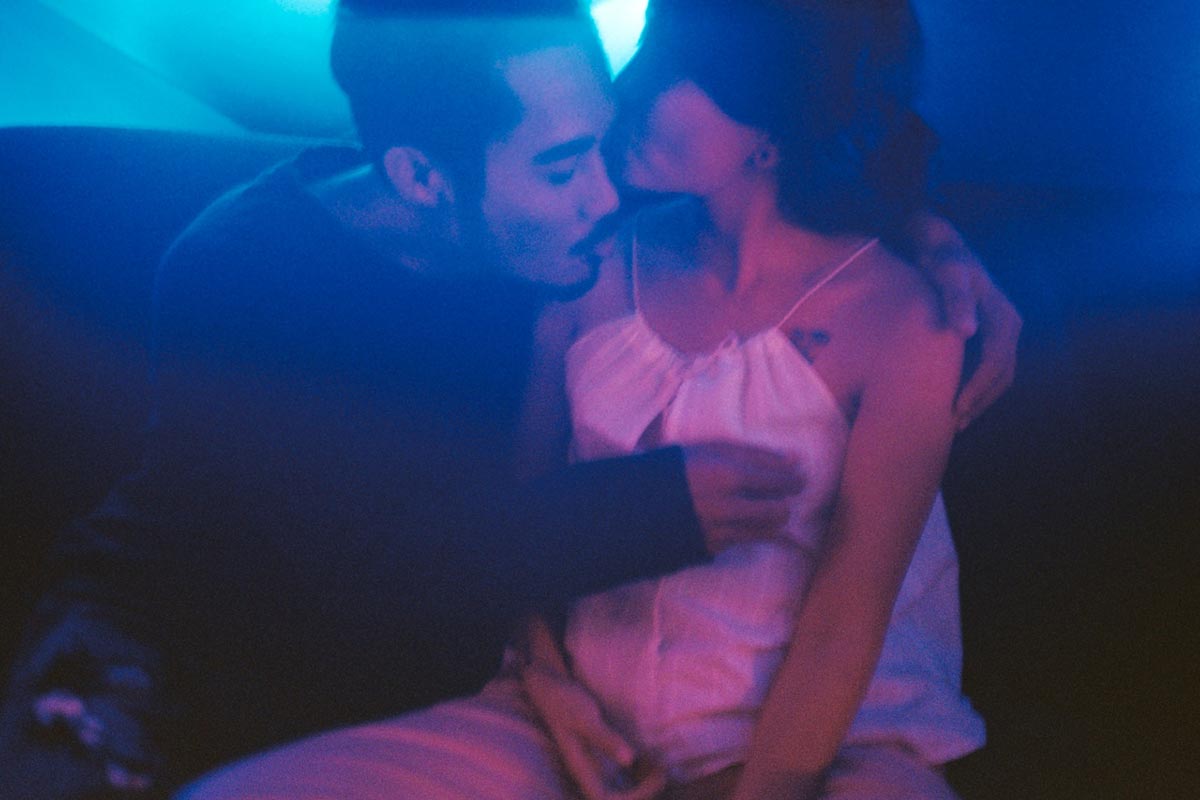
I wonder if your previous relationships have any impact on your idea about love and photography? Looking at your previous photographic work, I find the models usually put in rather vulnerable positions, surrounded by a sad atmosphere. They seem lost and their eyes tend to avoid the camera. However, in your more recent work, your subjects look straight into the camera confidently and appear much stronger.
I think the conflict of my photographs isn’t only from the gaze, but from the stories behind it. Like I said I mostly shoot my friends, beloved ones in new york and saigon, they are drug abusers, homosexuals, addicts, dancers, party animals, artists, lovers…and i tend of capture their stories of the night. At the end of the day, planned postures turn into real emotions, lasts a lifetime. I find reality in vulnerability, and befriend with whomever bleeds while making art, figuratively or literally speaking. My truth lies within the lines of self-complexity and the confused identities.
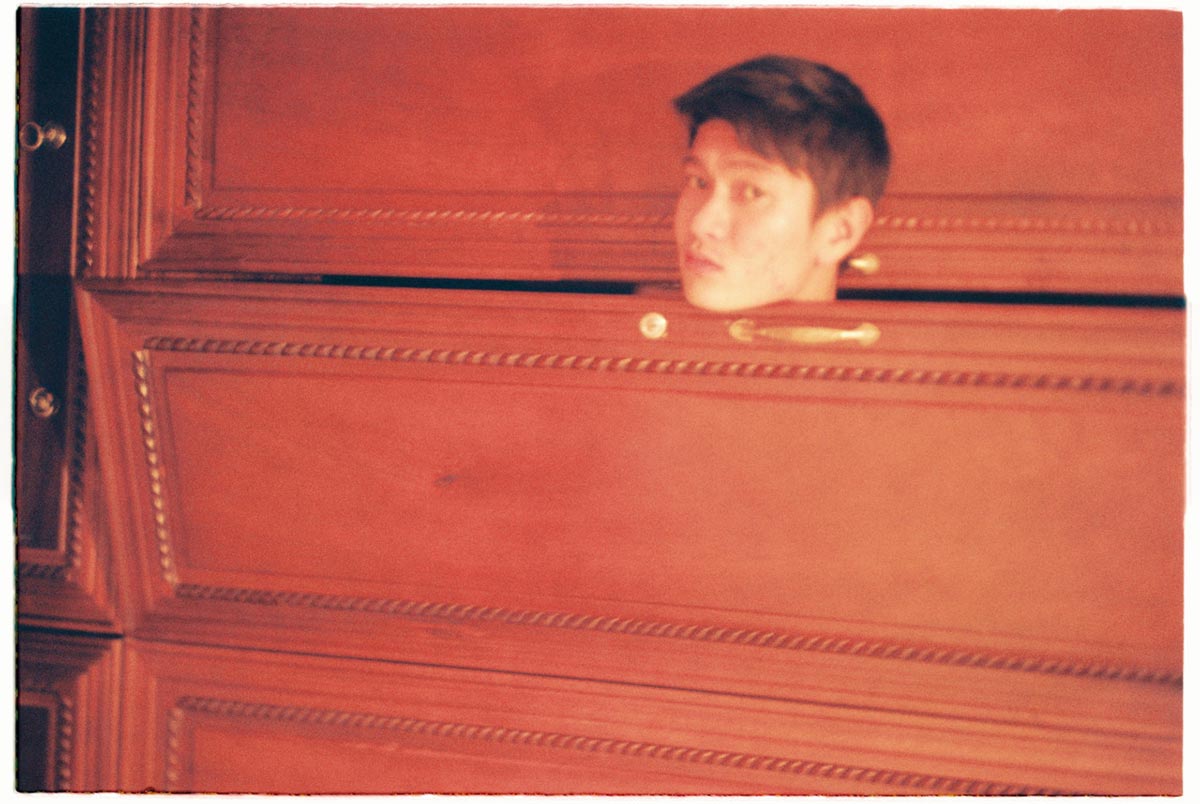
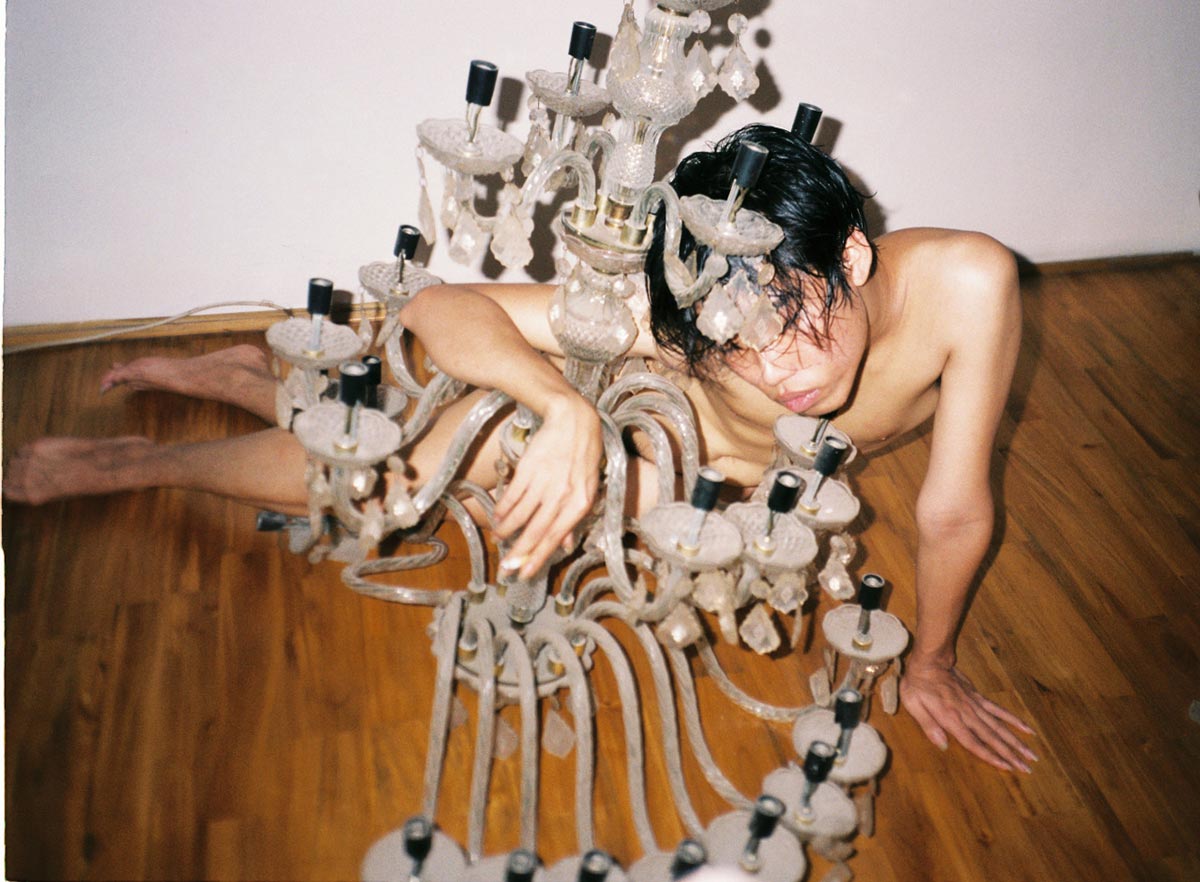
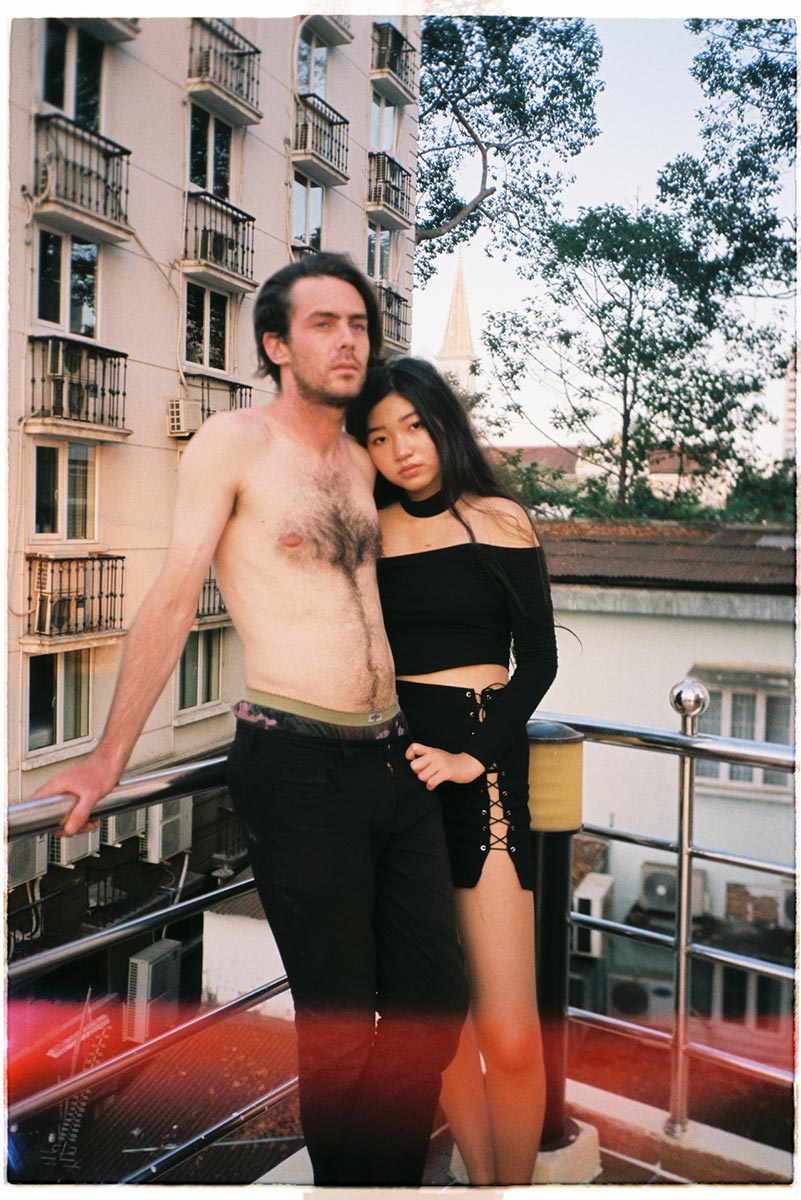
I understand. How do you feel about coming back to Saigon and making work here?
I don’t see very far into the future, right now, Saigon has my love, she’s here and i’m here with her.
It’s harder to photograph in Vietnam because people here are shy and I’m never forceful towards them. I write down my ideas these days because I can’t find any subject to photograph. My models and I have to be very comfortable with one another when we work together on making pictures. There must be a strong level of trust among us.
I hope that you’ll find some models soon to work with in Vietnam! I’m sure that Saigon has a lot of young and open-minded folks who are looking to be more involved in the arts. On that topic, would you tell me what you think about the art scene in Saigon and where Chaosdowntown Cháo stands within this scene?
About Chaosdowntown Cháo, I just reconnected with a friend whom I haven’t met for years and I said that I wanted to open a place where people can come in and nap. I never thought about it but that’s how Chaosdowntown Cháo started. It was founded by me and Xuân Hạ, and she actually breathes air into the murals, shows and even the name Chaos – Cháo. This place reminds me of my living experience atop a gallery in New York (Lower East Side). Art in Saigon has a lot of growing potential and Chaosdowntown Cháo serves to satisfy my need of seeing art, my need of sharing my experience with as many people as I can. I want to create an alternative subculture for younger people by organizing about two shows a month at Chaosdowntown Cháo, but that is becoming quite costly. Basically, it’s about surrounding myself with visually artistic content.
Thank you very much Nu for spending time with us and sharing such intimate thoughts! What you are doing is truly amazing and exciting for the art community out here. I do hope that Chaosdowntown Cháo will be able to maintain these exciting shows for a lot of emerging artists to showcase their works as well as to find a community for themselves.
*queer is an umbrella term to refer to the LGBTQI community.
Artist statement: Photography haunts me. By looking at my objects through layers of glass in a camera’s viewfinder, I create an intimate link with my surroundings, the world around me. Be it a planned photoshoot or a product of spontaneity, every photograph contains within itself certain conveyance, something personal I leave along the way, as well as something else that is retained in my heart. My artworks are not here to be interpreted, but be felt with the purest senses of a person. Because, for the sake of art, nothing means anything.
Connect with Nu on Facebook.
